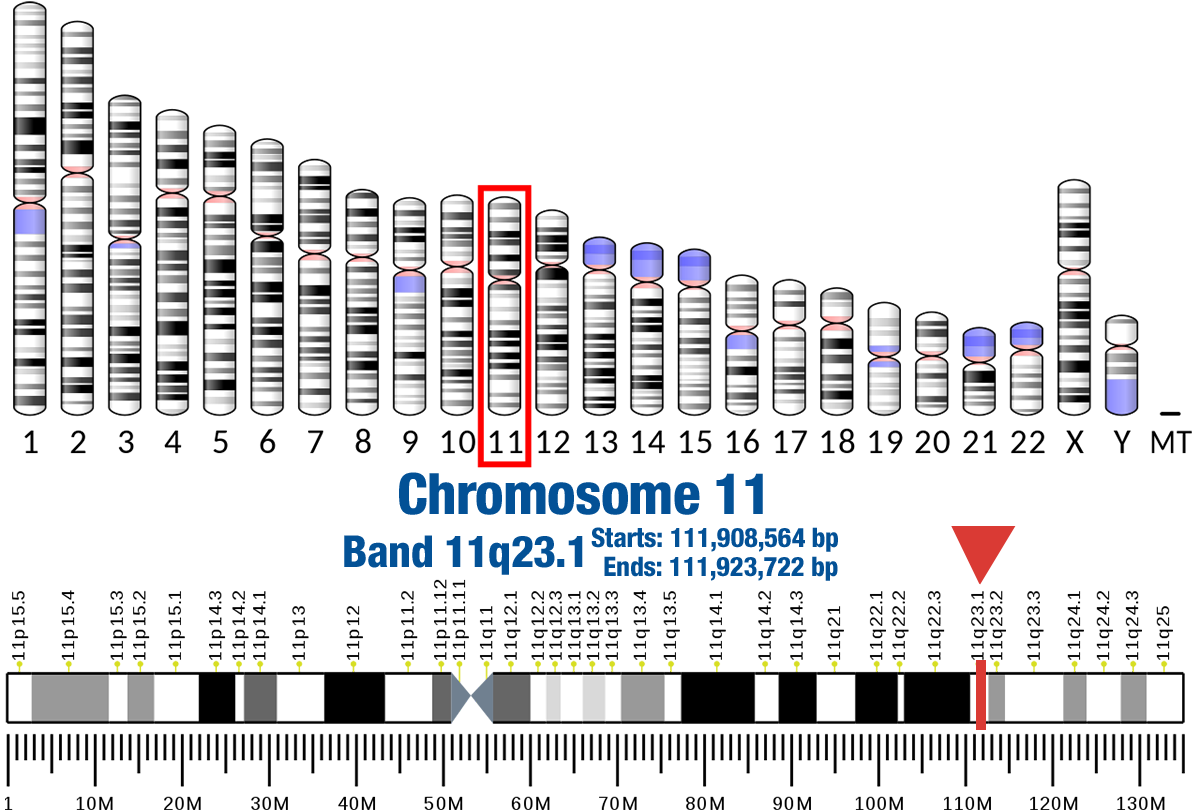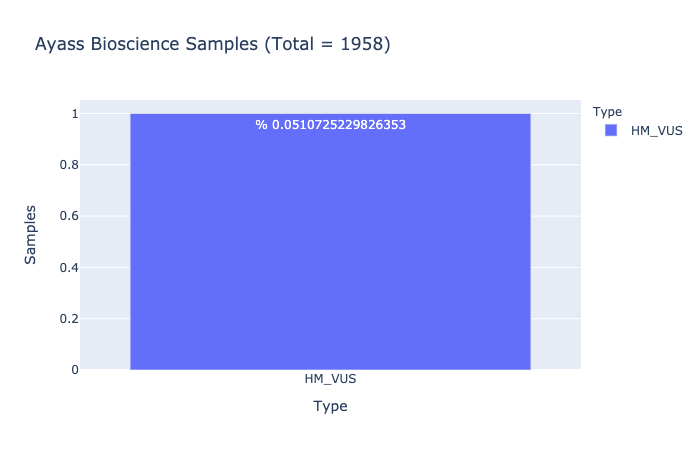
Mammalian lens crystallins are divided into alpha, beta, and gamma families. Alpha crystallins are composed of two gene products: alpha-A and alpha-B, for acidic and basic, respectively. Alpha crystallins can be induced by heat shock and are members of the small heat shock protein (HSP20) family. They act as molecular chaperones although they do not renature proteins and release them in the fashion of a true chaperone; instead they hold them in large soluble aggregates. These heterogeneous aggregates consist of 30-40 subunits; the alpha-A and alpha-B subunits have a 3:1 ratio, respectively. Two additional functions of alpha crystallins are an autokinase activity and participation in the intracellular architecture. The encoded protein has been identified as a moonlighting protein based on its ability to perform mechanistically distinct functions. Alpha-A and alpha-B gene products are differentially expressed; alpha-A is preferentially restricted to the lens and alpha-B is expressed widely in many tissues and organs. Elevated expression of alpha-B crystallin occurs in many neurological diseases; a missense mutation cosegregated in a family with a desmin-related myopathy. Alternative splicing results in multiple transcript variants. [provided by RefSeq, Jan 2019]
- Response to hypoxia
- Lens development in camera-type eye
- Protein folding
- Muscle contraction
- Tubulin complex assembly
- Myopathy, myofibrillar, 2
- Cardiomyopathy, dilated, 1ii
- Cataract 16, multiple types
- Myopathy, myofibrillar, fatal infantile hypertonic, alpha-b crystallin-related
- Early-onset posterior polar cataract
- Dilated Cardiomyopathy
- General Cardiomyopathy
- Hypertrophic Cardiomyopathy
Based on Ayass Bioscience, LLC Data Analysis
CRYAB Localizations – Subcellular Localization Database

Pleiotrope. Structure of protein CRYAB.Based on PyMOL rendering of PDB 2KLR.
Gene Location

Pathogenic Prevalence
% 0.0510725229826353
Ratio of samples with at least 1 pathogenic variant (Computed from Ayass Bioscience Samples)

Pathogenic Variants
delA=0.000004(1/250916,GnomAD_exome)
delA=0.000016(2/125568,TOPMED)
delA=0.00008(1/12518,GO-ESP)
delA=0.0000(0/2188,ALFAProject)

